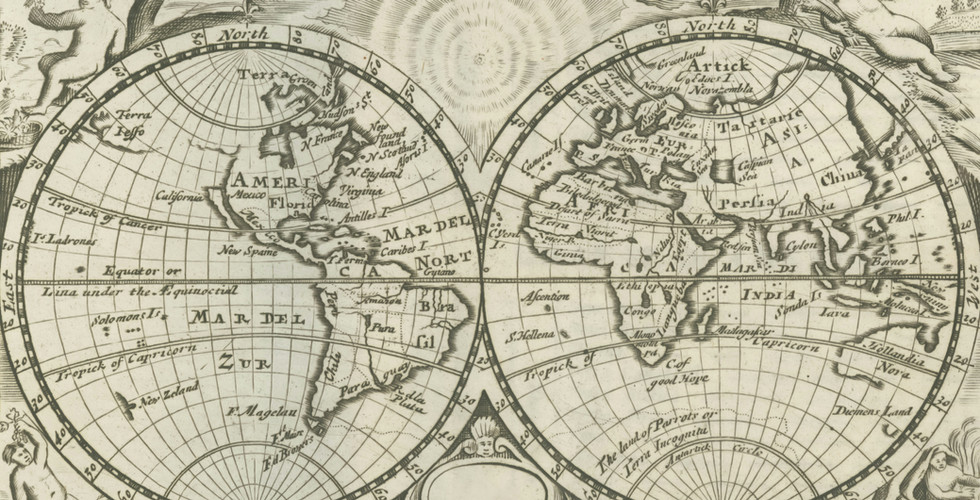Navigating the Cynefin Framework with Data Analytics: From Predictable to Wicked to VUCA Worlds
- Jeremy Poon
- Sep 2
- 3 min read
Having spent more than two decades working across telecommunications, ICT, Smart City, IoT, and Command-and-Control (C3) environments, I have witnessed firsthand how organizations struggle—and thrive—depending on how well they understand complexity. From the Y2K scare through the dot-com bubble burst, to today’s data-saturated, fast-moving business landscape, one lesson has remained constant: context matters.
The Cynefin framework, developed by Dave Snowden, is a powerful lens to make sense of different decision-making environments. It categorizes situations into domains—Clear, Complicated, Complex, Chaotic, and Disorder—each requiring a different response. In parallel, we can also think about the worlds we operate in: Predictable, Wicked, and VUCA (Volatile, Uncertain, Complex, Ambiguous).
When we combine the Cynefin framework with Data Analytics, the outcome is not just smarter decisions—it’s survival and competitive advantage.
1. The Predictable World – Clear & Complicated Domains
In predictable environments, cause and effect are obvious or can be uncovered with expertise. The focus here is on efficiency, optimization, and best practices.
Telecommunications (early 2000s): When running large-scale telecom operations, network optimization was largely predictable. Dropped call rates, signal coverage, and customer churn could be analyzed with structured data, leading to clear process improvements.
Data Analytics role: In such domains, descriptive and diagnostic analytics dominate—dashboards, KPIs, and root cause analysis guide stable operations.
Here, the advice is: sense–categorize–respond. Data provides clarity and validation.
2. Wicked Problems – Complex Domain
A wicked problem is one where causes and effects are intertwined, stakeholders have conflicting interests, and solutions often create new challenges.
Smart Cities & IoT: Deploying city-wide IoT sensors for traffic, energy, or waste management introduces wicked challenges. For example, reducing traffic congestion may improve air quality but worsen retail footfall in certain districts.
C3 Systems: In command-and-control environments, wickedness arises when decision-makers must balance national security, resource allocation, and public trust.
Data Analytics role: This is where advanced analytics shines—predictive modeling, scenario simulations, and machine learning help uncover patterns that are not obvious. However, analytics must be combined with experimentation and stakeholder engagement.
Here, the mantra is: probe–sense–respond. Analytics helps us probe the system safely before making high-stakes decisions.
3. The VUCA World – Complex & Chaotic Domains
The VUCA environment is about constant change, shocks, and turbulence. In such domains, yesterday’s data may not predict tomorrow’s events.
Dot-com bubble (2000) & 2008 Financial Crisis: Markets shifted overnight, business models collapsed, and old forecasting methods failed.
Hospitality & MICE industries (post-COVID): Event demand, international travel restrictions, and consumer confidence swung wildly. Traditional analytics broke down when there was no “normal” baseline.
Government policy in crises: Think of pandemic responses or geopolitical shocks—data lags behind reality, yet decisions cannot wait.
Data Analytics role: In VUCA, real-time analytics, rapid dashboards, anomaly detection, and adaptive AI models become crucial. Organizations must sense weak signals and pivot quickly.
Here, the strategy is: act–sense–respond. Analytics must be fast, adaptive, and often combined with human intuition and leadership judgment.
Bringing It All Together
The Cynefin framework reminds us that one size does not fit all. Data analytics is not a monolith—it must adapt to context:
In predictable worlds, analytics drives efficiency.
In wicked worlds, analytics explores complexity and supports experimentation.
In VUCA worlds, analytics provides agility and resilience.
For leaders, the challenge is not just investing in technology but also building the wisdom to know which tools and approaches suit the domain at hand. My journey—from engineering through telecoms, smart cities, and executive leadership—has taught me that while data never lies, it also never speaks for itself. Frameworks like Cynefin help us interpret, contextualize, and act with confidence.
Summary – Key Takeaways
Cynefin Framework: A sense-making model dividing contexts into clear, complicated, complex, chaotic.
Predictable World: Stable cause-effect; data analytics focuses on KPIs, dashboards, and root cause analysis.
Wicked World: Interwoven, multi-stakeholder problems; analytics explores patterns, models, and supports experiments.
VUCA World: Turbulent, fast-changing; analytics must be real-time, adaptive, and paired with leadership judgment.
Industry Examples:
Telecom – predictable optimization.
Smart City/IoT – wicked, complex trade-offs.
C3/Government/Hospitality – VUCA shocks requiring resilience.
Overall Lesson: Data analytics is powerful, but context determines how it should be applied. Leaders must blend data with frameworks like Cynefin to navigate uncertainty.

































Comments